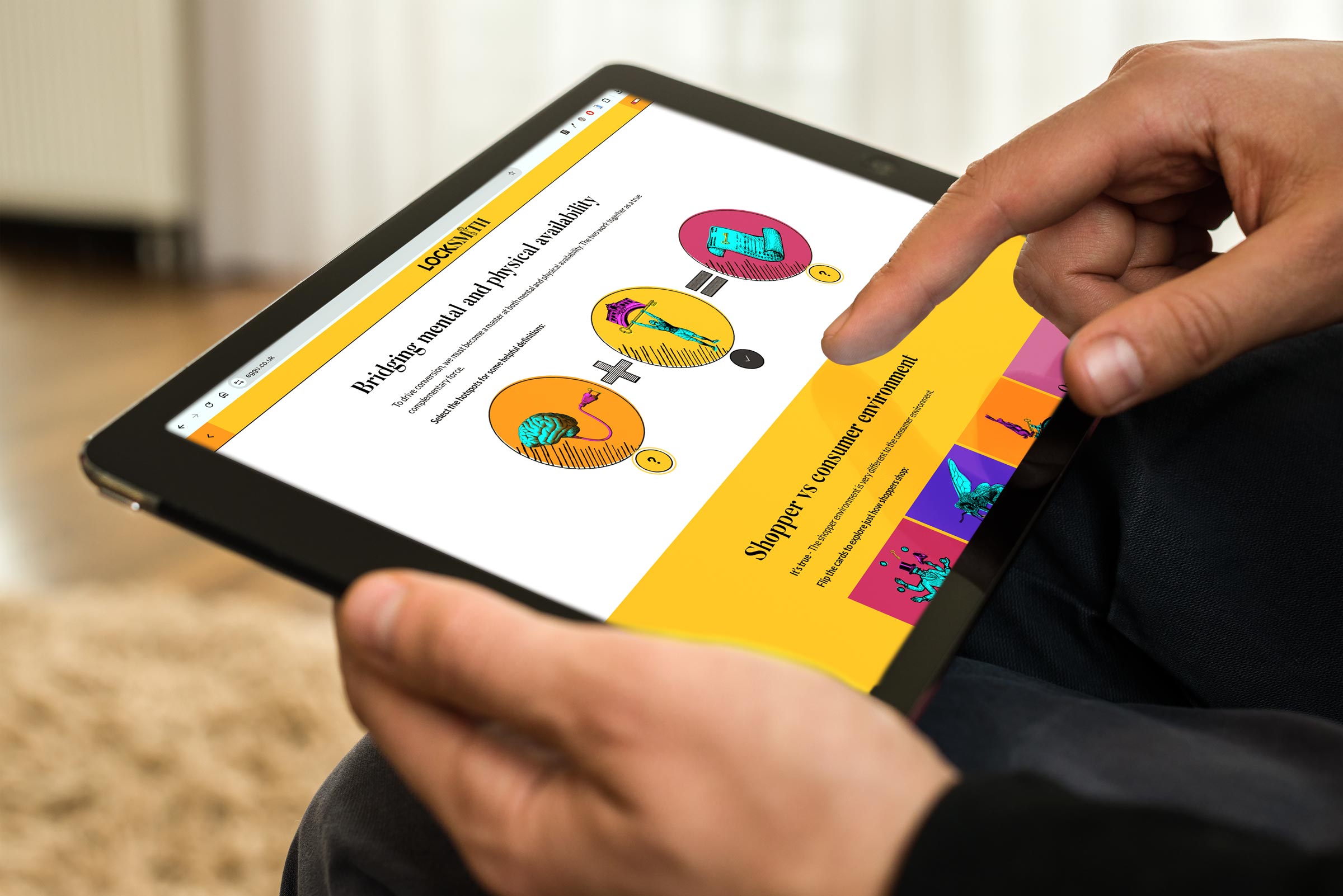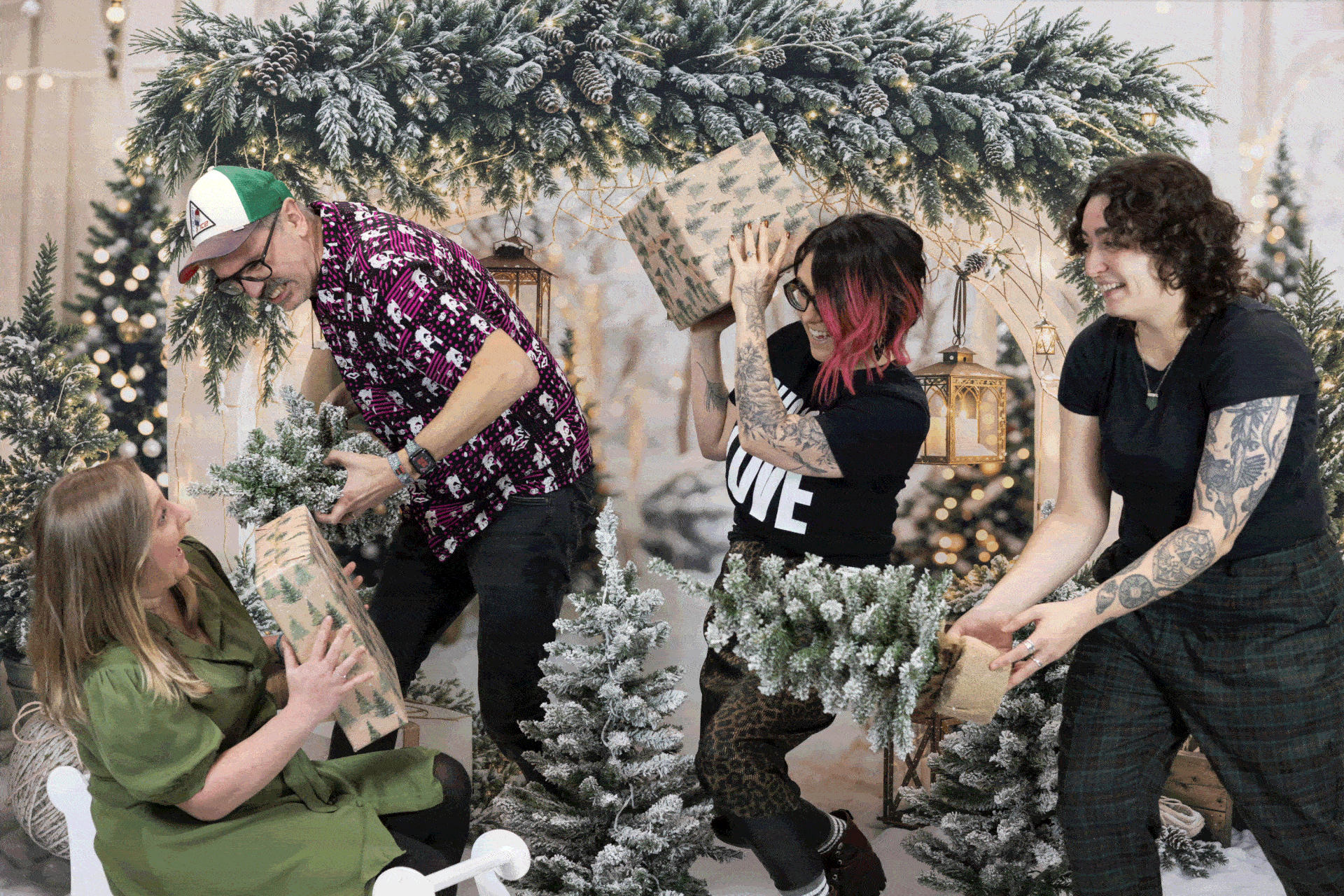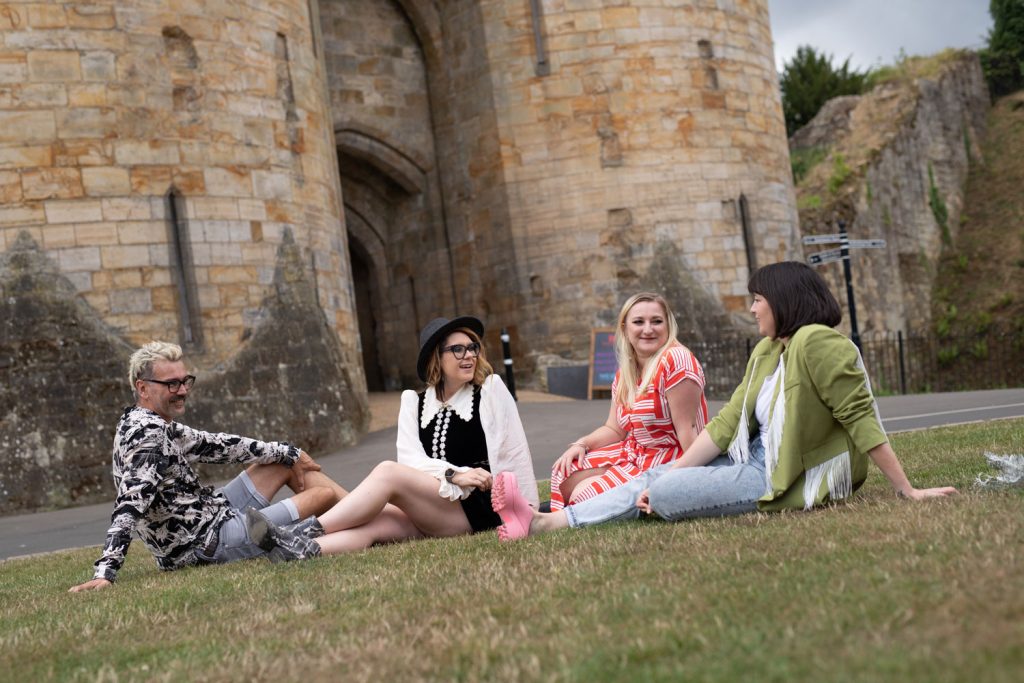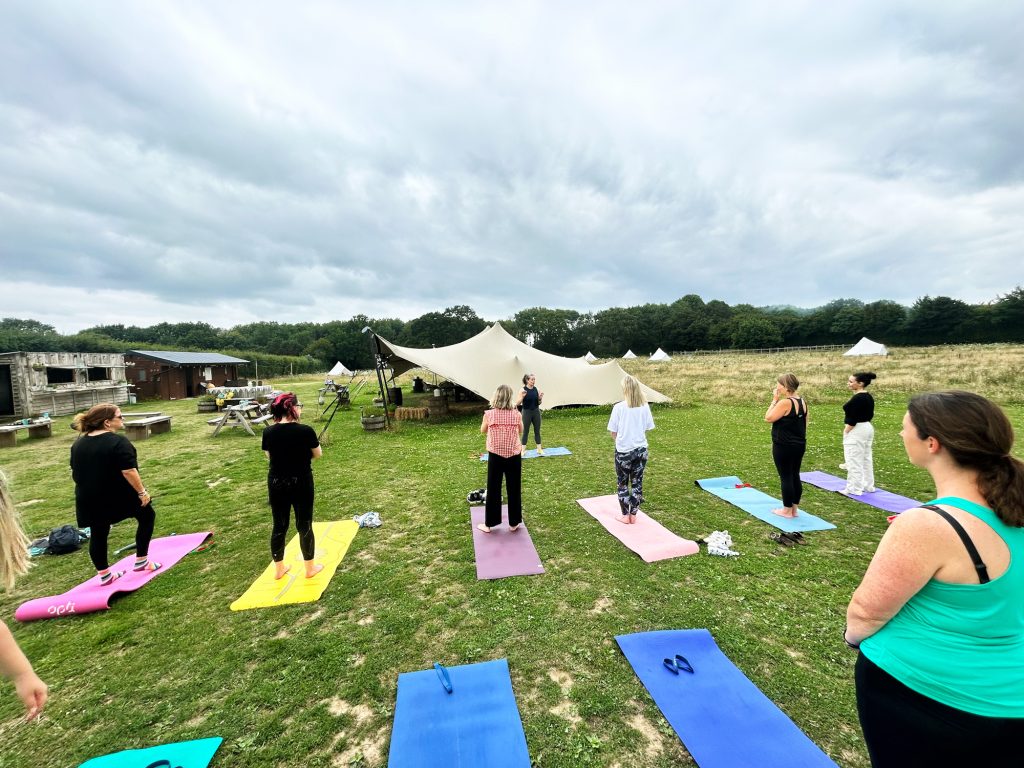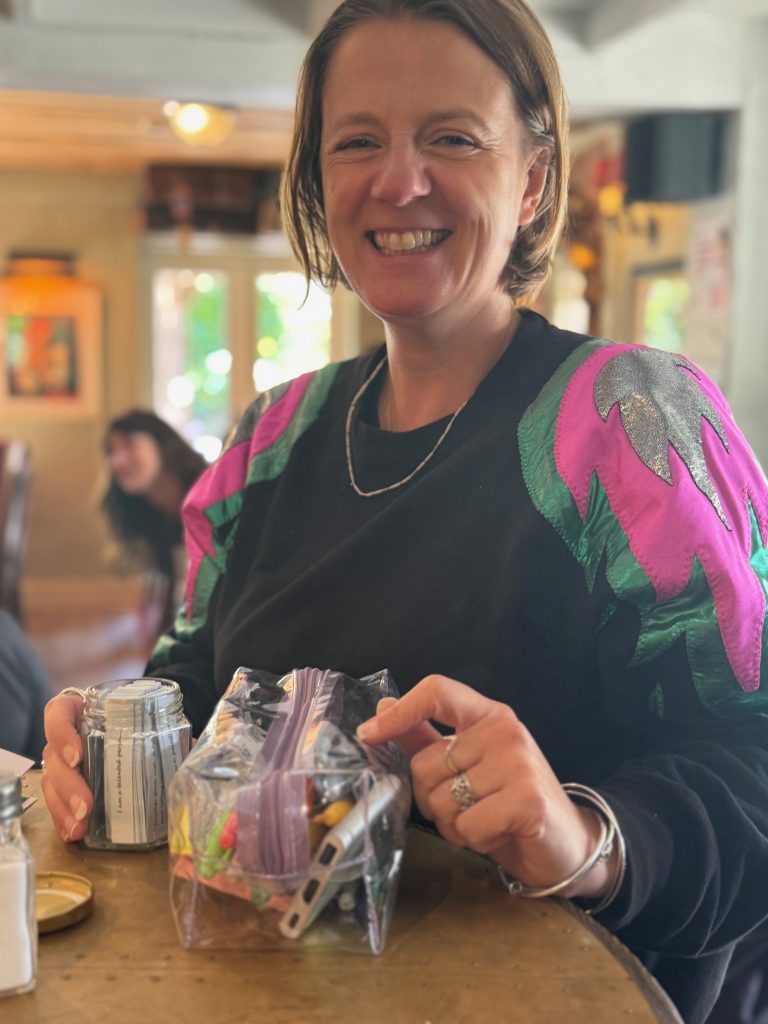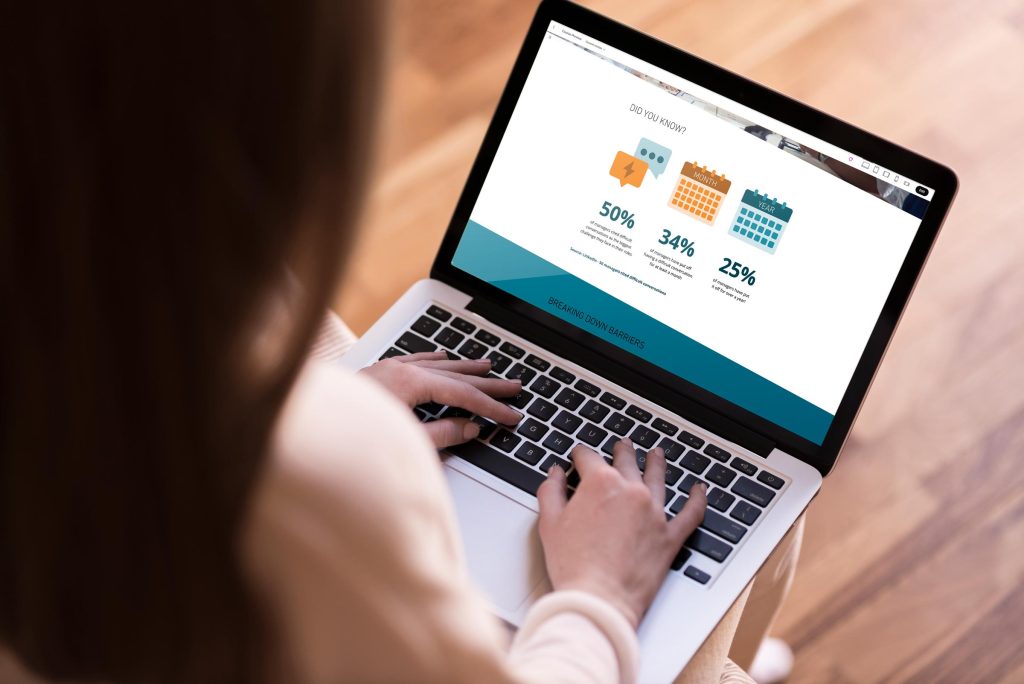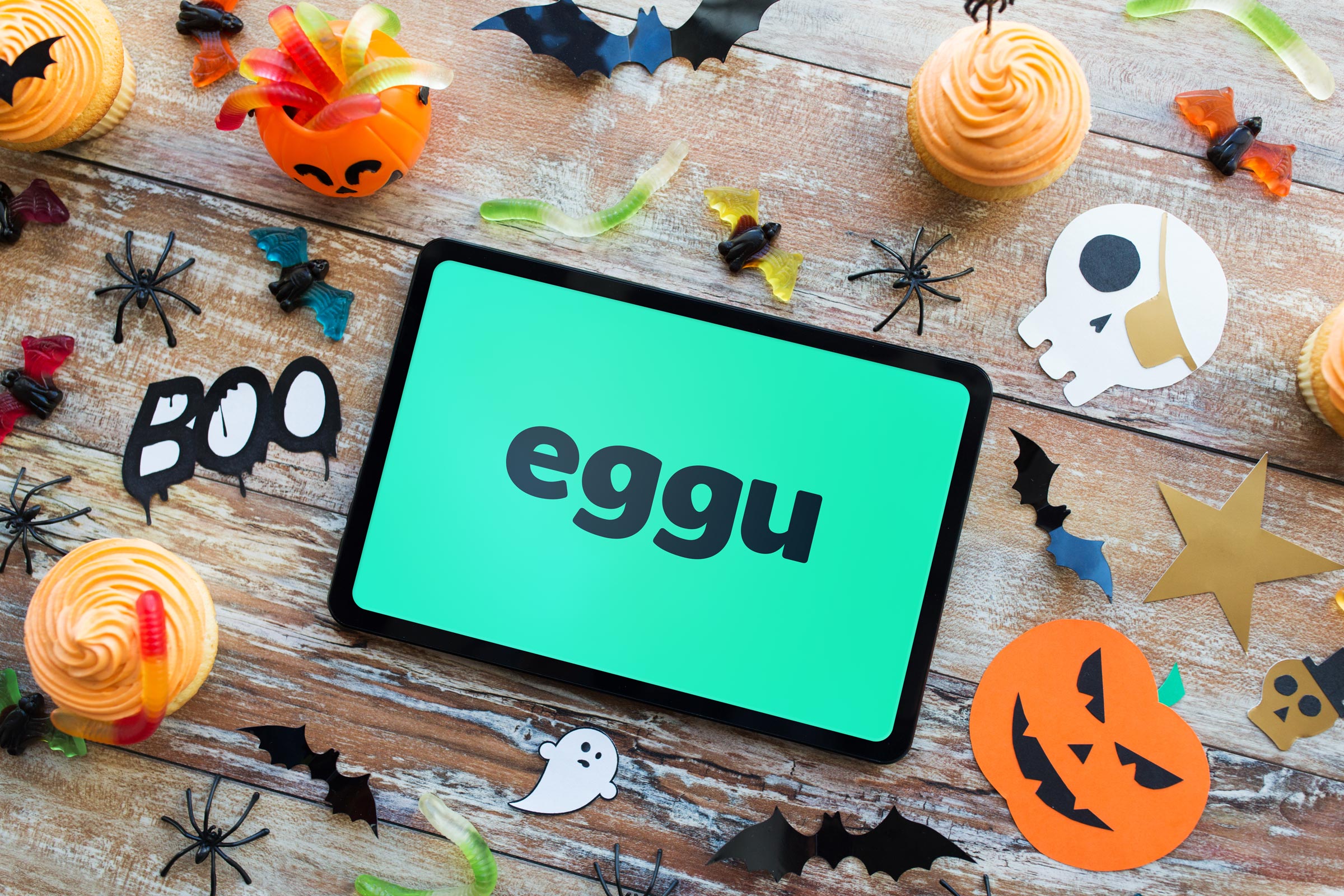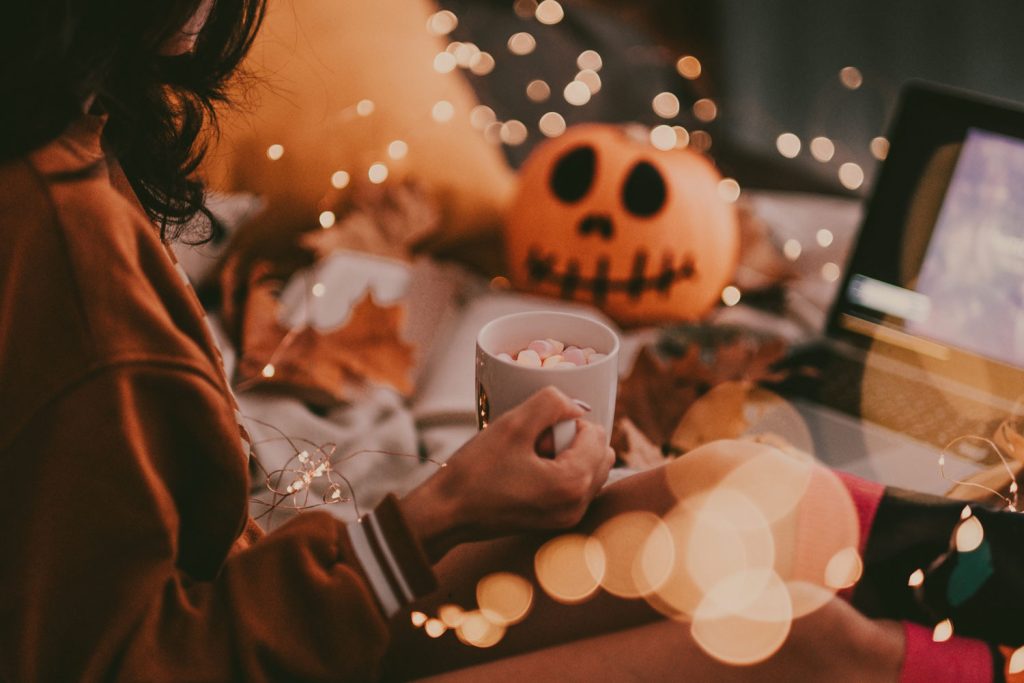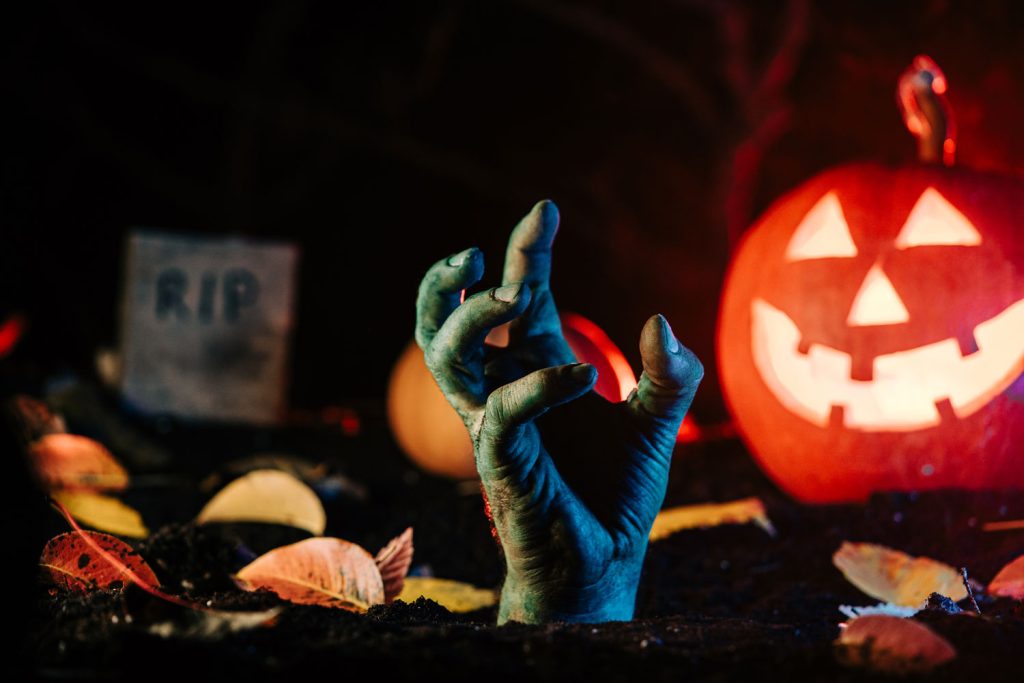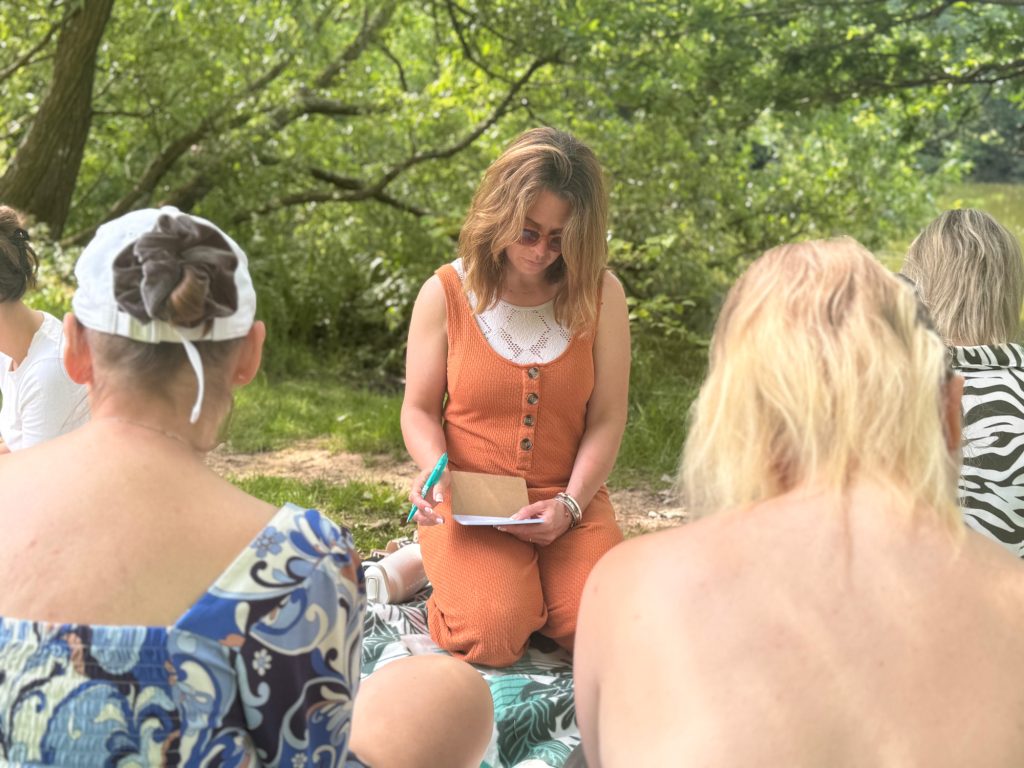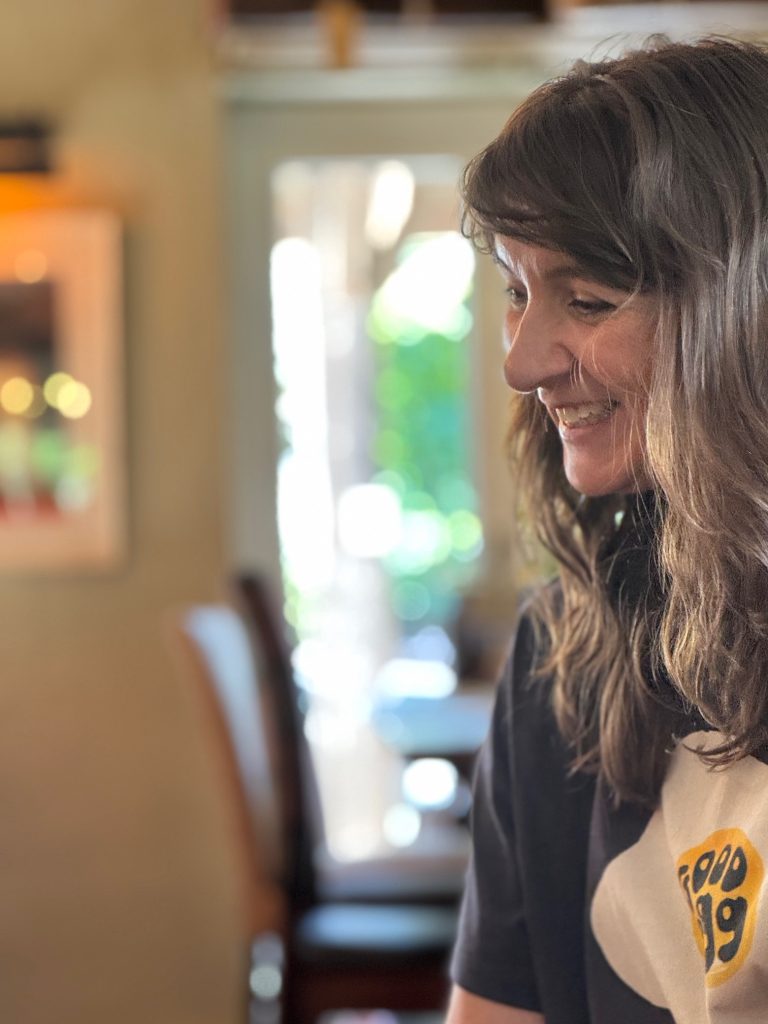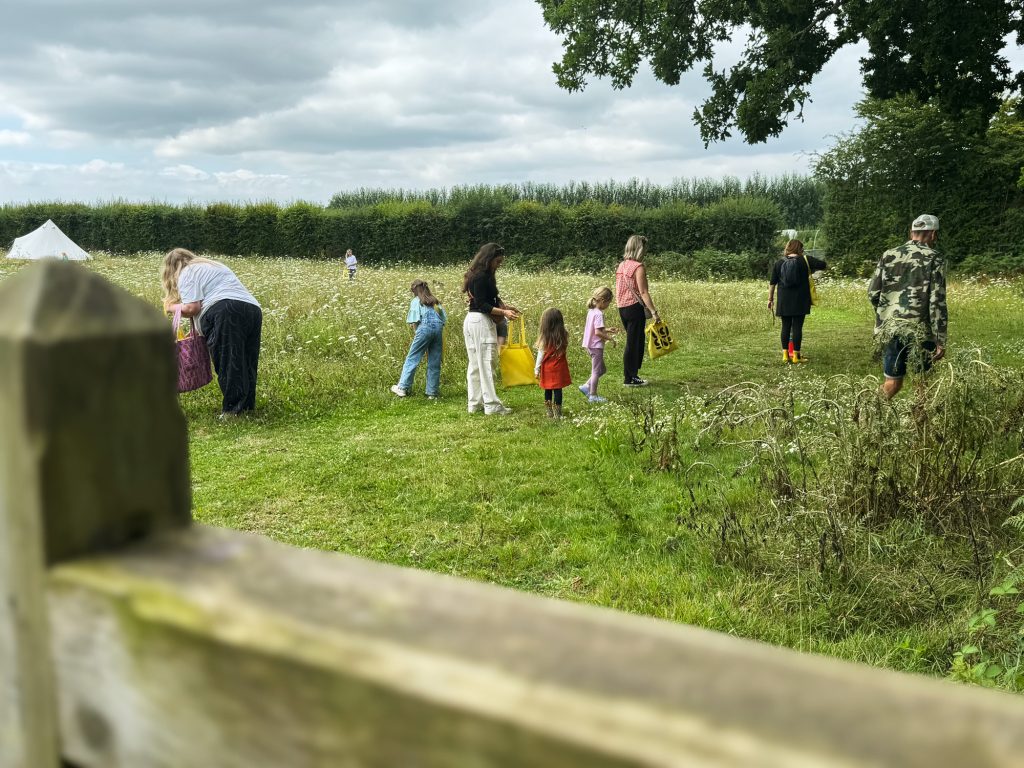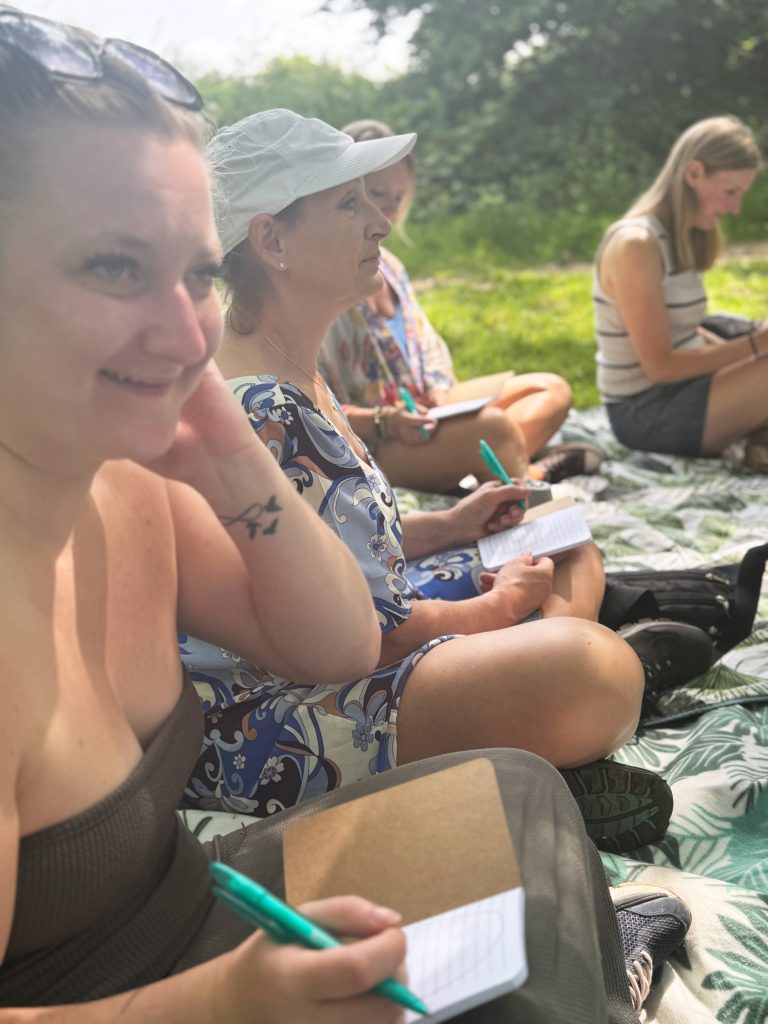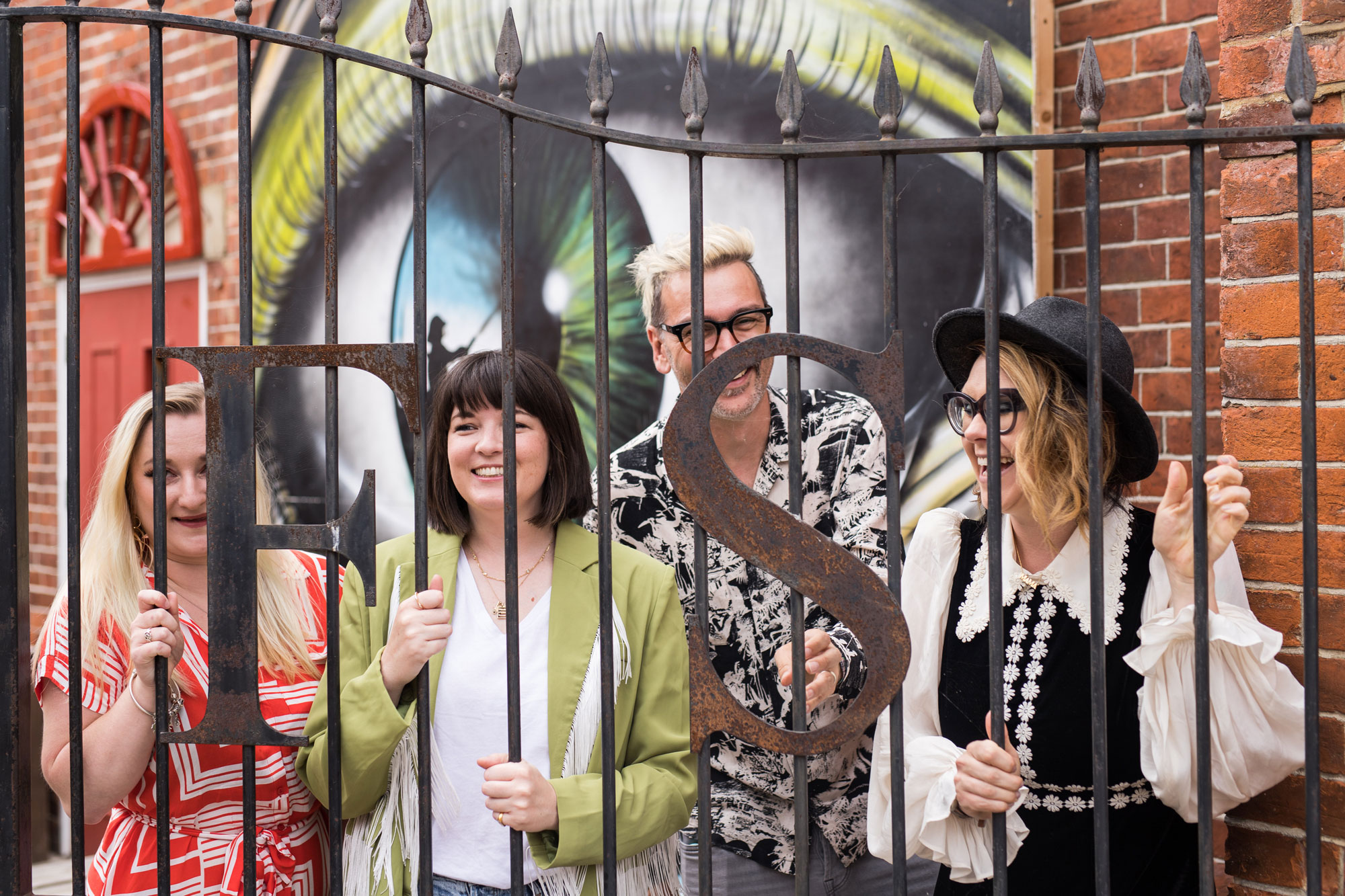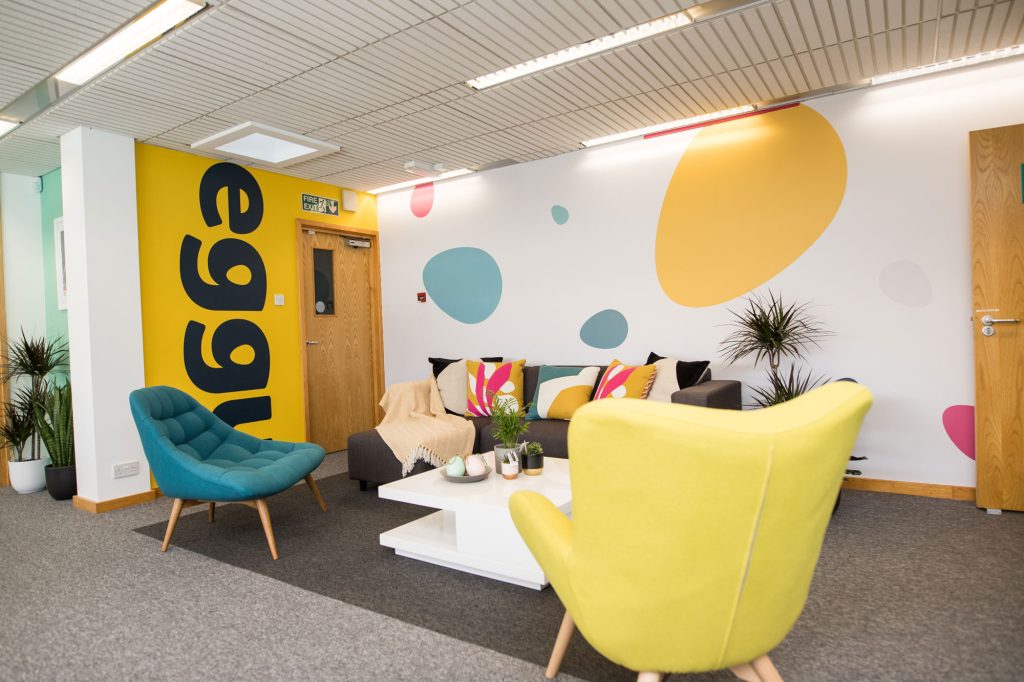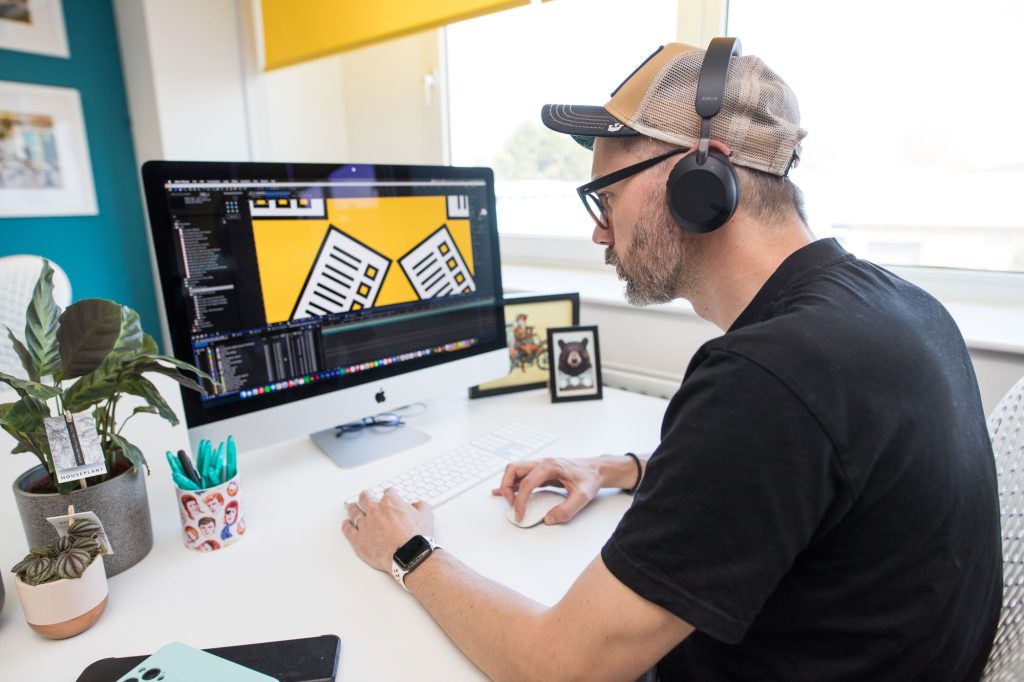Ever built a course and realised halfway through that you’re the one who doesn’t fully understand the topic? Yep, we’ve all been there.
The Feynman Technique is one of the quickest ways to expose fluff, jargon, and cognitive overload in your learning content. It’s not just a clever idea, it’s a practical tool that keeps both designers and learners honest.
Because, here’s the truth:
- If learners can’t explain something back simply, they haven’t learned it.
- If we can’t explain it simply, we haven’t designed it well.
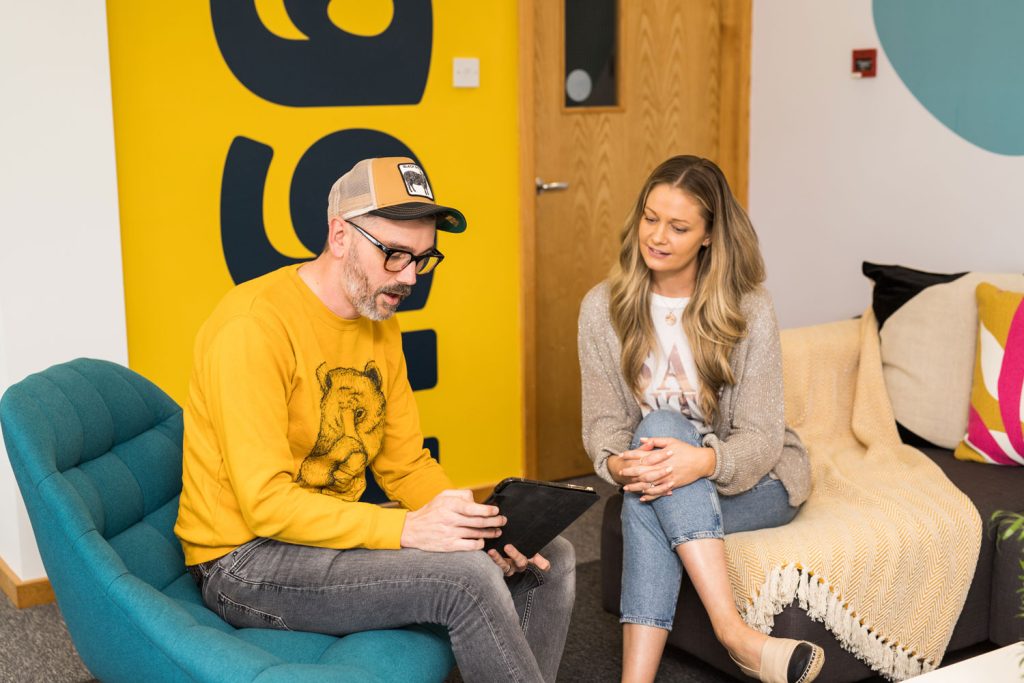

Core concept
The Feynman Technique boils down to four deceptively simple steps:
- Learn the concept
- Explain it in plain, everyday language
- Spot gaps and refine
- Teach it again – even simpler
For digital learning, this is gold. It forces clarity, reduces cognitive load, and keeps the focus on understanding rather than information-dumping. Two things that instantly boost learner engagement.
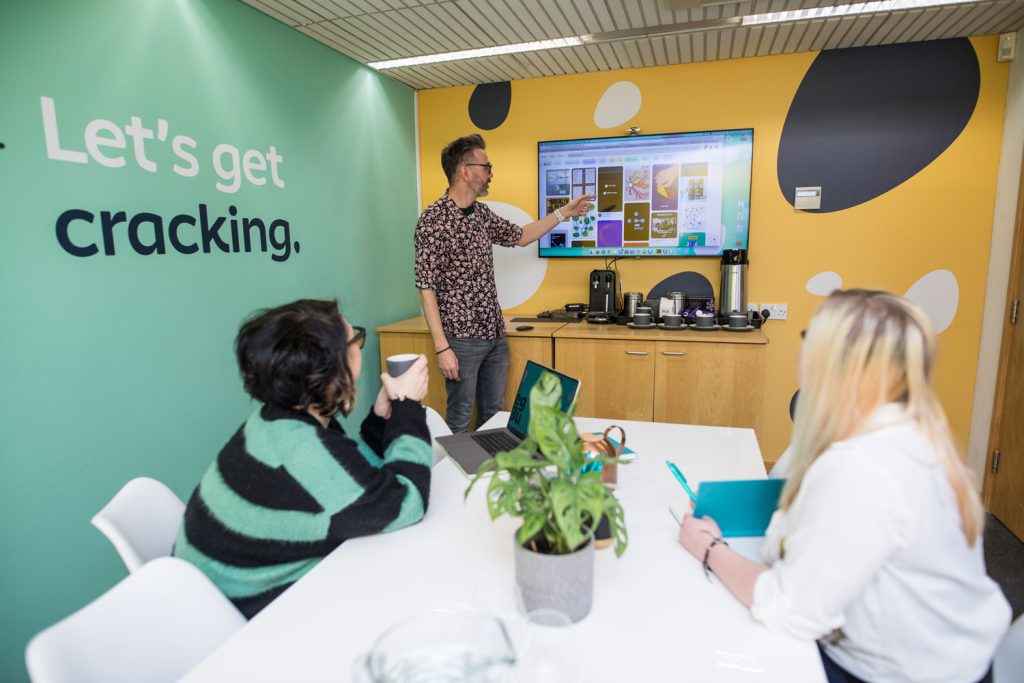
How it transforms instructional design
1. Simplifies SME-heavy content
Most digital learning suffers because we dump everything the SME says straight onto a slide. The Feynman approach pushes us to translate expert language into learner language. The heart of good instructional design.
2. Reduces cognitive overload
E-learning fails when we assume:
More info = Better learning
Feynman teaches us that:
Cleaner explanations = Deeper retention
3. Elevates storytelling
When you aim for simplicity, you naturally reach for:
- Analogies
- Metaphors
- Real-life examples
- Stories
These are the hooks that make learning stick.
4. Exposes your own knowledge gaps
Before building a module, ask yourself: “Could I explain this topic to a 12-year-old?”.
If not, you’re not ready to storyboard it.

The Feynman Technique Checklist
So here’s where the magic happens – turning the theory into a repeatable habit you and your team actually use.
Try our simple checklist to embed into your design process:
1. Discovery
“Let me quickly play this back in simple terms so I’m sure I’ve got it right…”
- I can explain the topic in simple language
- I’ve confirmed that explanation with the SME
2. Design
Write a one-paragraph Feynman summary as your clarity anchor.
- Focus on the core idea
- Make all learning objectives flow from that summary
3. Script
Strip out anything that doesn’t help understanding.
- Jargon removed or translated
- Concepts broken into digestible chunks
- Analogies added where helpful
4. Review
Before sign-off, run a teach-back test.
- Someone uninvolved can explain the concept simply
- Assessment includes at least one teach-back style question


Your challenge
Next time you design a module, try explaining the core concept in 60 seconds. If you can’t? Tighten it. Simplify it. Feynman it. Turning simplicity into great learning.
The Feynman Technique is powerful, but implementing it consistently across complex, SME-heavy projects isn’t always easy. That’s exactly where Eggu’s instructional design team thrives.
We specialise in:
- Breaking down complicated topics into clean, learner-friendly pathways
- Removing cognitive clutter
- Turning dense knowledge into memorable stories, examples, and interactive
- Designing digital learning that’s simple and smart (not simplistic)
If you want 2026 to be the year your learning content becomes clearer, sharper, and far more impactful, let’s talk.
